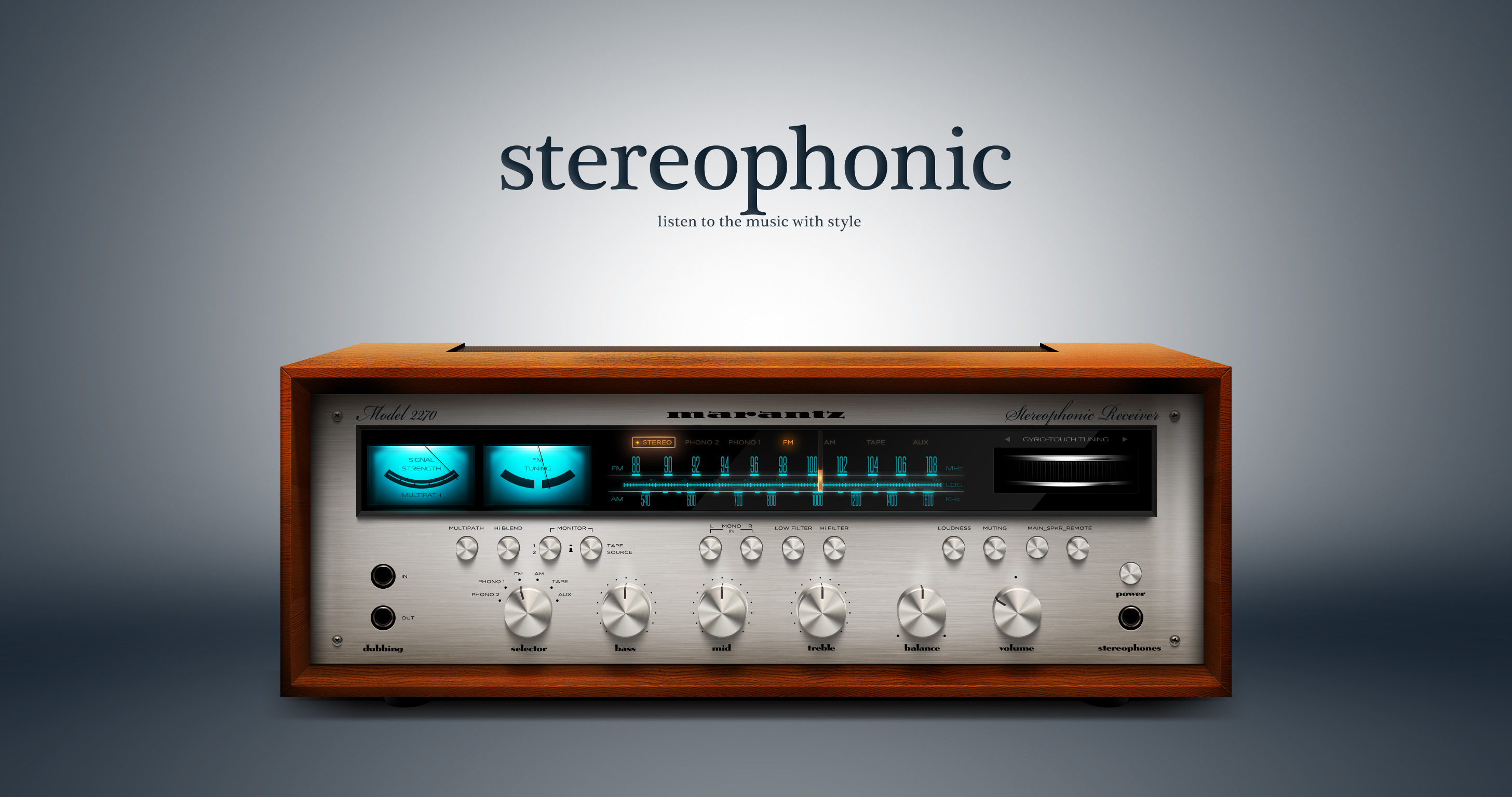Stereophonic Sound Systems

Stereophonic sound systems recreate a three-dimensional sound field by using two or more loudspeakers to reproduce sound from different directions. This creates a more realistic and immersive listening experience than monophonic sound systems, which use only one loudspeaker.
The principles of stereophonic sound reproduction are based on the way that humans hear sound. We have two ears, which are spaced apart on our heads. This allows us to determine the direction of a sound source by comparing the time it takes for the sound to reach each ear and the intensity of the sound in each ear.
Stereophonic sound systems use this principle to create a three-dimensional sound field. The sound is recorded using two or more microphones, which are placed in different positions. The recorded sound is then played back through two or more loudspeakers, which are placed in the same positions as the microphones. This creates a sound field that is similar to the one that would have been heard in the original recording environment.
Advantages of Stereophonic Sound Systems
- Stereophonic sound systems provide a more realistic and immersive listening experience than monophonic sound systems.
- Stereophonic sound systems can be used to create a wider soundstage, which can make the listening experience more enjoyable.
- Stereophonic sound systems can be used to create a more accurate representation of the original recording environment.
Disadvantages of Stereophonic Sound Systems
- Stereophonic sound systems can be more expensive than monophonic sound systems.
- Stereophonic sound systems require more space than monophonic sound systems.
- Stereophonic sound systems can be more difficult to set up than monophonic sound systems.
Applications of Stereophonic Sound
Stereophonic sound is used in a wide variety of applications, including:
- Home audio systems
- Car audio systems
- Movie theaters
- Concert halls
- Recording studios
Stereophonic Recording Techniques

Stereophonic recording techniques aim to capture and reproduce sound in a way that simulates the natural hearing experience. Various methods are employed to achieve this effect, each with its advantages and drawbacks.
Microphone Techniques
* Coincident Pair: Uses two microphones placed close together, capturing sound from the same point in space. Provides a natural and well-defined stereo image.
* Spaced Pair: Employs two microphones separated by a significant distance, creating a wider stereo field. Can result in a more spacious and immersive sound.
* XY Microphone Array: A variant of coincident pair where the microphones are arranged at a 90-degree angle, capturing a more natural and accurate stereo image.
Processing Techniques
* Mid-Side (M/S) Recording: Uses two microphones, one capturing the midrange (M) and the other the side (S) information. Allows for adjustable stereo width and balance.
* Blumlein Pair: Employs two figure-of-eight microphones arranged at a 90-degree angle, capturing a wide and natural stereo image.
Famous Recordings
* “Kind of Blue” by Miles Davis (1959): One of the first commercially successful jazz albums recorded in stereo, using the spaced pair technique.
* “Sgt. Pepper’s Lonely Hearts Club Band” by The Beatles (1967): A groundbreaking album that extensively utilized stereo recording techniques, including the M/S technique.
* “Dark Side of the Moon” by Pink Floyd (1973): Known for its immersive and atmospheric sound, achieved through the use of various stereophonic techniques.
Stereophonic Mixing and Mastering
/GettyImages-685053372-5b08cd883418c60038f2b8a7.jpg)
Stereophonic mixing and mastering is the process of combining and processing multiple audio signals to create a cohesive and balanced stereophonic recording. It involves techniques such as panning, equalization, compression, and reverb to create a sense of space and depth in the recording.
Balancing and Cohesion
One of the primary goals of stereophonic mixing is to achieve a balanced and cohesive sound across the stereo field. This involves carefully adjusting the levels and panning of each audio track to ensure that they complement each other and create a unified whole.
Creative Effects
Stereophonic mixing and mastering can also be used to achieve a variety of creative effects. For example, panning can be used to create a sense of movement or space, while equalization can be used to shape the tonal balance of the recording.
Examples, Stereophonic
- In a live recording, stereophonic mixing can be used to capture the spatial arrangement of the performers on stage.
- In a studio recording, stereophonic mixing can be used to create a sense of depth and atmosphere.
- In a film soundtrack, stereophonic mixing can be used to enhance the emotional impact of the film.